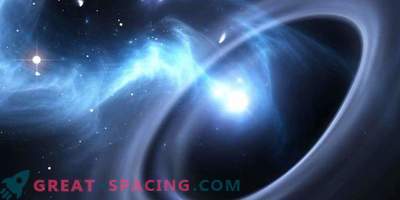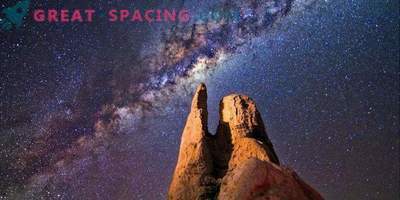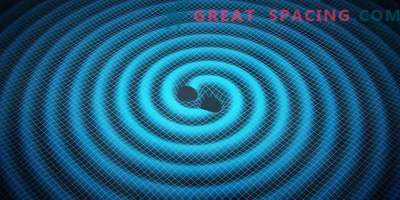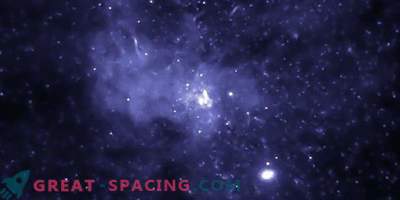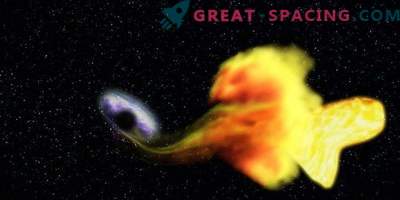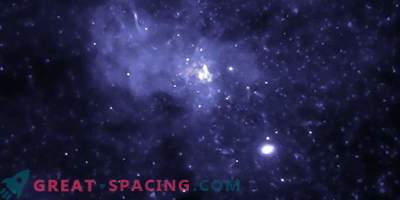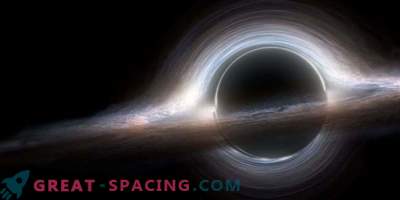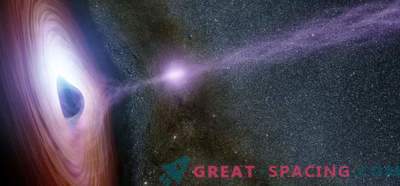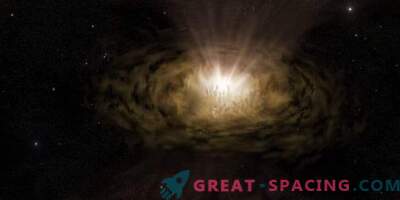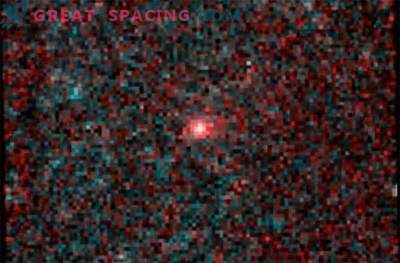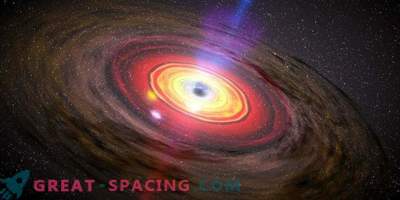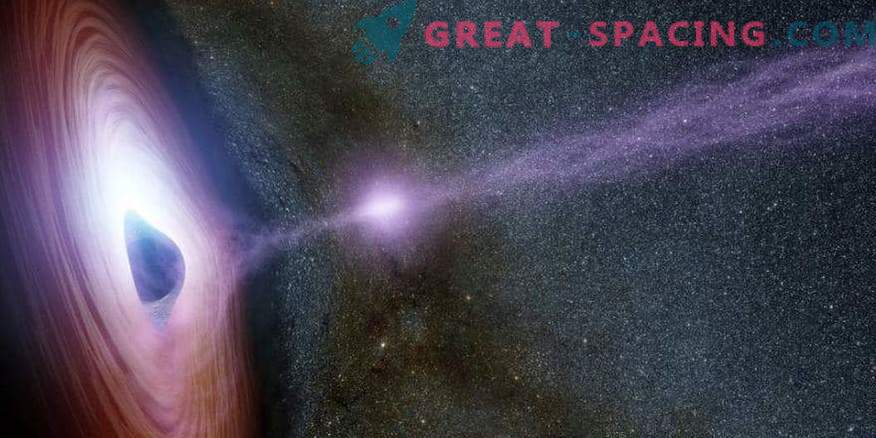
Two supermassive black holes in the center of a large gaseous disc are on the collision course. The variable gas flow fills and exhausts mini-discs falling into black holes. Characteristic light signals may mark the location of invisible masses.
In the new simulation of supermassive black holes, a realistic scenario was used. This helped to detect the appearance of remarkable light signals in the surrounding gas. Here is the first step to predicting the approaching merging of supermassive black holes using two information channels - electromagnetic and gravitational wave spectra.
In the first simulation, an accretion disk around a double black hole feeds individual accretion disks and mini disks around each black hole, following the general theory of relativity and magnetohydrodynamics.
Unlike the less massive brethren seen in 2016, supermassive black holes feed on the surrounding gas disks (they resemble a donut in shape). The powerful gravitational attraction of black holes heats and destroys the gas flow from the disk to the black hole, which releases periodic signals in the visible part of the X-ray radiation of the EM spectrum. Models show supermassive black holes in a double pair, each of which has its own gas disk. A larger one surrounds black holes and disproportionately imposes a mini-disk on top of another.
Double supermassive black holes release gravitational waves at lower frequencies. LIGO received these signals in 2016. But the sensitivity of the device is not enough to capture the gravitational waves from the collisions of supermassive black holes.
The magnetic field lines come from a pair of supermassive black holes approaching a confluence in a large gaseous disk. Periodic light signals on a gas disk can one day help to find supermassive black holes.
Launch of LISA in the 2030s. will allow to find signals from the collisions of supermassive representatives. Also in 2020 they are going to use the ground-based LSST telescope (Chile), which will be able to conduct the most in-depth survey of light emissions in space.
Such simulations are needed to perform accurate predictions of the electromagnetic signals that will accompany gravitational waves. As a result, this will allow creating a final simulation capable of detecting an electromagnetic signal from double black holes approaching a merger.

